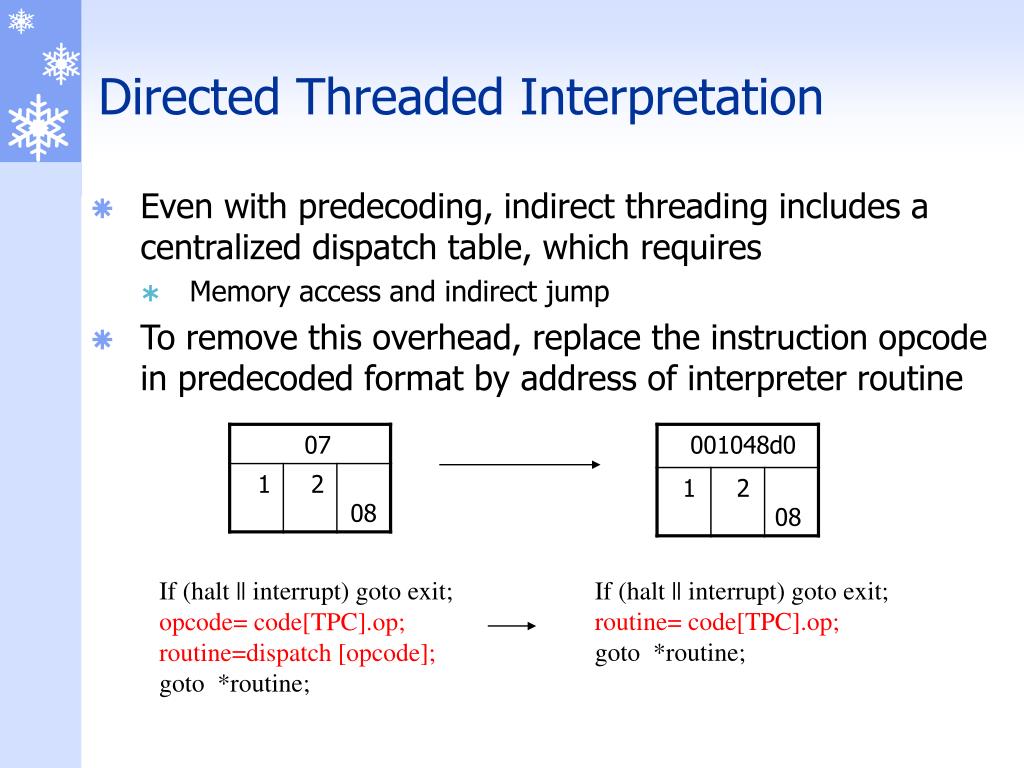

Indirect communication often requires a listener to interpret their message using nonverbal cues, tone and the context of the discussion. The meaning of their message is explicit, so their statements present little risk of misunderstanding.

Interpretationĭirect communication is easy to interpret because the speaker clearly states their message in a few simple words. Being polite is often more important than being succinct as an indirect communicator.

Indirect communication often involves subtle language, including a particular choice of words to maintain polite speech and avoid offending the receiver. For example, a direct communicator might simply say "no" to requests they don't want to do or ones that make them uncomfortable. They often focus on the clarity of their message rather than its interpretation. Here are a few situations or ways in which direct and indirect communication differ: Word choiceĭirect communicators often use clear messages that require few words to express. Recognizing your counterpart's communication style makes you more likely to avoid misunderstandings and potential conflicts.
#Indirection definition how to#
Knowing the differences between direct and indirect communication can help you understand how to interpret a message. Related: Verbal Communication Skills: What They Are and How To Improve Yours Direct versus indirect communication

Situations that require direct communication include those that don't allow for compromise or involve a conflict to solve quickly. In the workplace, direct communication helps clarify who has the authority to give instructions and what the instructions are. It involves sharing what you feel or think without the possibility of a recipient becoming confused. What is direct communication?ĭirect communication is a way of conveying clear messages or instructions. In this article, we define direct communication, observe the differences between direct and indirect communication and provide some tips for direct communicators. Understanding others' communication styles can help you interpret messages and deliver effective and clear instructions yourself. Individuals often employ different communication styles, and some are more straightforward than others. It aims to explain why people may be happy one day, and suddenly the motivation level goes down after they learn that others are enjoying better rewards for their efforts.Effective communication is essential in the workplace because it fosters cooperation and decreases confusion. There is one thing to note that equity theory does not only depend on the input-to-output ratio but also on comparison with peer group. The dissatisfaction often leaves the employee demotivated which would result in lower productivity, and in some cases attrition. However, if an individual thinks that others are getting more rewards and recognition compared to him/her who is putting in similar amount of inputs in his/her job, it would lead to some imbalance. If there is nothing to compare, then he/her would judge with employees in other organisation at the same level. If an individual thinks that he/she is treated in a fair manner, which means that ratio of their input to the output is comparatively similar to those around him/her, it would be acceptable. Output relates to salary, perks, bonus, and recognitions in the form of awards. Input includes hard work, skill-set, motivation, enthusiasm, and technical know-how. Let's first understand what we mean when we say input. An individual’s satisfaction at the workplace is directly linked to the efforts he or she is putting and what exactly he or she is getting out of it. We might not see it but this theory is applied at every workplace. If the employee is able to find his or her right balance it would lead to a more productive relationship with the management.ĭescription: Equity theory is used in parlance of human resource management. Definition: Equity theory, popularly known as Adam's equity theory, aims to strike a balance between an employee’s input and output in a workplace.


 0 kommentar(er)
0 kommentar(er)
